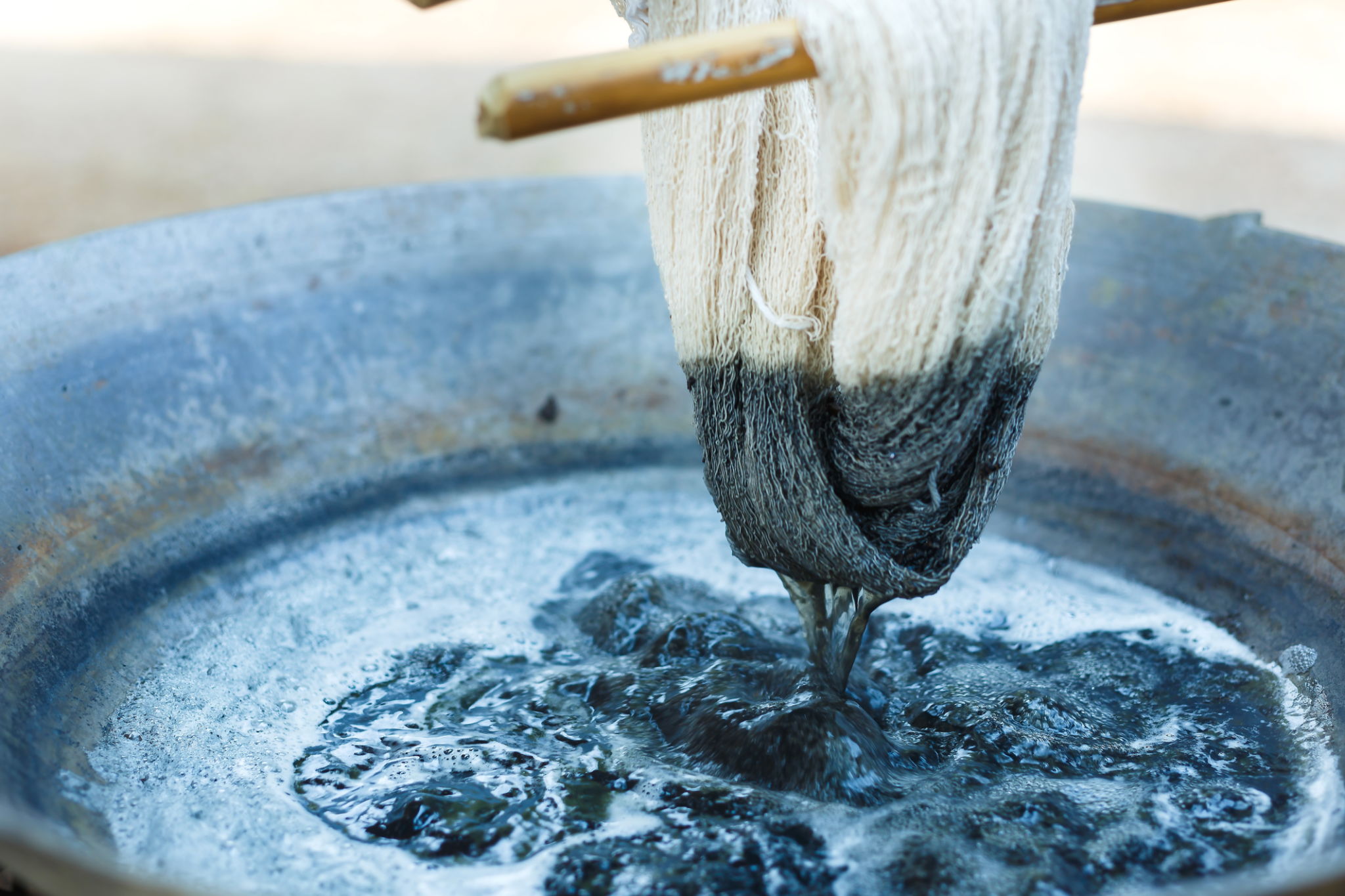Seasonal Trends: Using Natural Pigments in Fashion and Design
The Rise of Natural Pigments in Fashion and Design
In recent years, there has been a significant shift towards sustainability in the fashion and design industries. As consumers become more eco-conscious, the demand for environmentally friendly products has skyrocketed. One of the most exciting developments in this realm is the use of natural pigments. These pigments, derived from plants, minerals, and other natural sources, are being embraced for their aesthetic appeal and sustainable benefits.
Natural pigments offer a rich palette of colors that are both vibrant and unique. Unlike synthetic dyes, which can have a harsh and uniform appearance, natural pigments provide a depth and variation that is often visually stunning. This quality makes them particularly attractive to designers looking to create pieces with a distinctive and organic feel.

The Environmental Benefits of Natural Pigments
One of the primary advantages of using natural pigments is their reduced environmental impact. Traditional synthetic dyes often involve harsh chemicals and processes that can be harmful to both the environment and human health. In contrast, natural pigments are biodegradable and typically require less water and energy in their production.
Moreover, sourcing pigments from natural materials can help promote biodiversity. By supporting the cultivation of plants used for pigments, designers can contribute to sustainable agricultural practices that benefit local ecosystems. This approach not only reduces the carbon footprint of the production process but also fosters a healthier relationship between industry and nature.

Incorporating Natural Pigments into Your Designs
For designers interested in incorporating natural pigments into their work, there are several considerations to keep in mind. First, it's essential to understand the colorfastness of these pigments. While they offer beautiful hues, some natural dyes may fade faster than their synthetic counterparts. Therefore, selecting the right materials and dyeing techniques is crucial to ensure longevity.
An effective way to get started is by experimenting with small batches to observe how colors develop and interact with different fabrics or surfaces. This hands-on approach allows designers to refine their techniques and achieve the desired results.

Popular Natural Pigments and Their Sources
Several natural pigments have gained popularity due to their vibrant colors and availability. Some notable examples include:
- Indigo: Extracted from indigo plants, offers deep blue shades.
- Cochineal: Derived from insects, creates striking red and pink hues.
- Turmeric: Known for its bright yellow color, sourced from the turmeric root.
- Madder: Provides a range of reds, from pale pinks to deep crimson, made from the roots of the madder plant.
Each of these pigments brings its own unique qualities to the table, allowing designers to create diverse collections that celebrate nature's beauty.
The Future of Natural Pigments in Fashion and Design
As the fashion and design industries continue to evolve, the use of natural pigments is likely to expand further. Consumers are increasingly valuing authenticity and sustainability, pushing brands to explore more eco-friendly options. By embracing natural pigments, designers not only meet this demand but also pave the way for a more sustainable future.
In conclusion, natural pigments offer a compelling alternative to traditional dyes. With their environmental benefits, unique aesthetic appeal, and potential for supporting biodiversity, they represent a meaningful step forward in sustainable design practices. As more designers embrace these materials, we can expect to see an exciting array of products that reflect both creativity and conscience.
